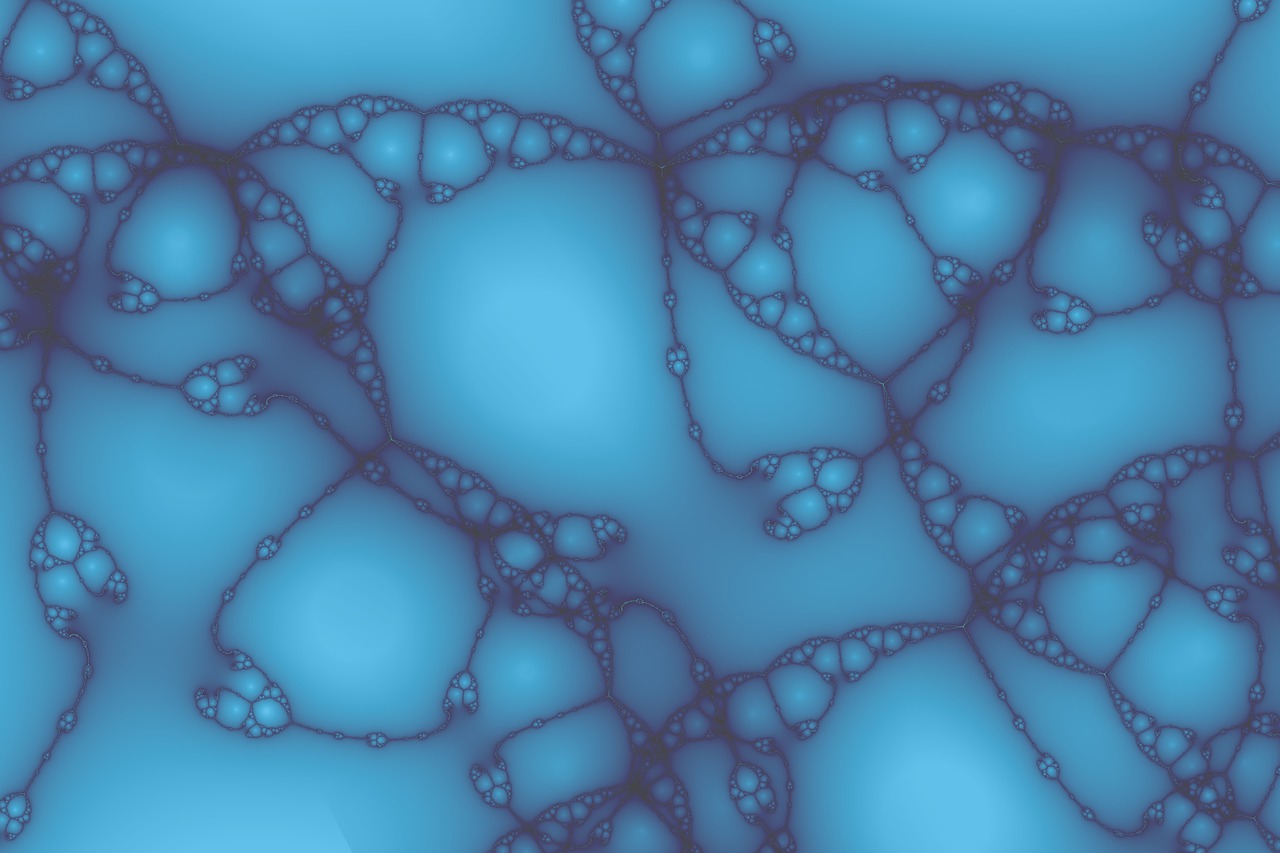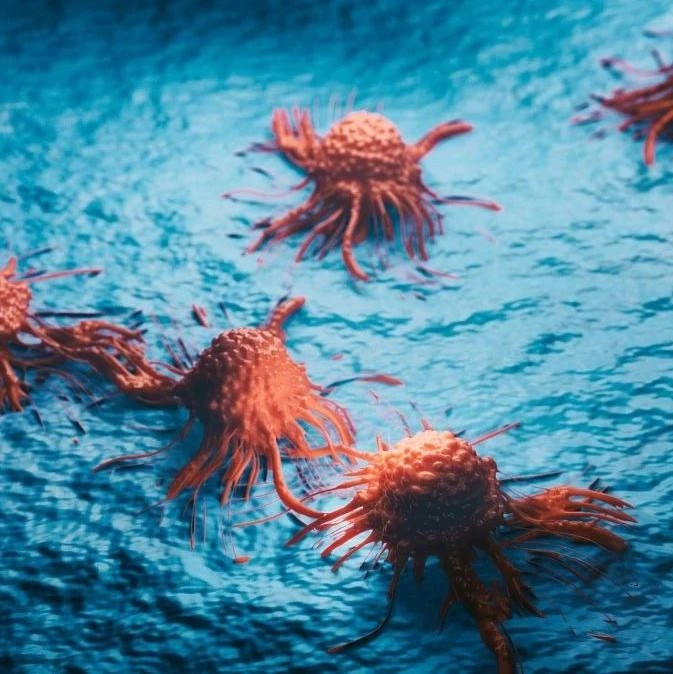摘要:艾克赛特大学的研究人员揭示了真菌生命树中间缺失的一个环节,研究样品取自于该大学的池塘,研究结果发表于5月11号的《自然》杂志上。该研究阐述了迄今为止鲜为人知的一种真菌的发现过程,从根本上扩大了人们对真菌的科学认识。
Fungi are hugely important as they interact with plants and animals, and are the primary way in which biomass, such as dead plants or animals, are broken down and recycled.
Dr Tom Richards, from the University of Exeter's Biosciences department and the Natural History Museum London, said: "This study has been very surprising – not least because the original sample came from the nearby pond. Fungi have been well studied for 150 years and it was thought we had a good understanding of the major evolutionary groups, but these findings have changed that radically.
"Current understanding of fungal diversity turns out to be only half the story – we've discovered this diverse and deep evolutionary branch in fungi that has remained hidden all this time."
The researchers have temporarily named the new group cryptomycota – which is Greek for 'hidden fungi'.
Cryptomycota changes the understanding of the whole fungi group because it lacks something which was previously considered essential for the classification – a tough cell wall which is important for how fungi feed and grow.
These results may suggest cryptomycota represents an intermediate state or a 'living fossil'. Despite lacking the tough cell wall, they seem still to be very successful in the environment because of their extensive diversity and cosmopolitan distribution.
Dr Meredith Jones, also of the University of Exeter and the Natural History Museum London, found the microbes. She said: "While the first sample used in our investigation was taken from the university pond, cryptomycota are present in samples taken from all over the world. The huge genetic diversity and prevalence of this group leads us to believe they probably play an important role in a range of environmental processes.
"It is possible there are many different forms of this organism with a range of characteristics we don't even know about yet. There is a lot more research to be done to find establish how they feed, reproduce, grow, and their importance in natural ecosystems."
This study is the result of new efforts to try to understand the diversity of life on Earth by taking DNA sampling out into the field.
Until recent years, researchers investigating microbial diversity have sampled by growing microbes in lab cultures, but now it seems that the vast majority of life forms are never captured using these methods – meaning most of the evolutionary complexity of life remains unsampled.
Researchers are getting around this by sampling the DNA in the environment, which is leading to a series of new discoveries about microbial diversity and the complexity of life on Earth.
In this study, the researchers noticed an unusual group of DNA sequence in samples from the pond on the University of Exeter's Streatham Campus. They then illuminated the cells of the cryptomycota using a fluorescent probe and were able for the first time to observe these hitherto hidden fungi.
University of Exeter: https://www.exeter.ac.uk
Thanks to University of Exeter for this article.
This press release was posted to serve as a topic for discussion. Please comment below. We try our best to only post press releases that are associated with peer reviewed scientific literature. Critical discussions of the research are appreciated. If you need help finding a link to the original article, please contact us on twitter or via e-mail.







